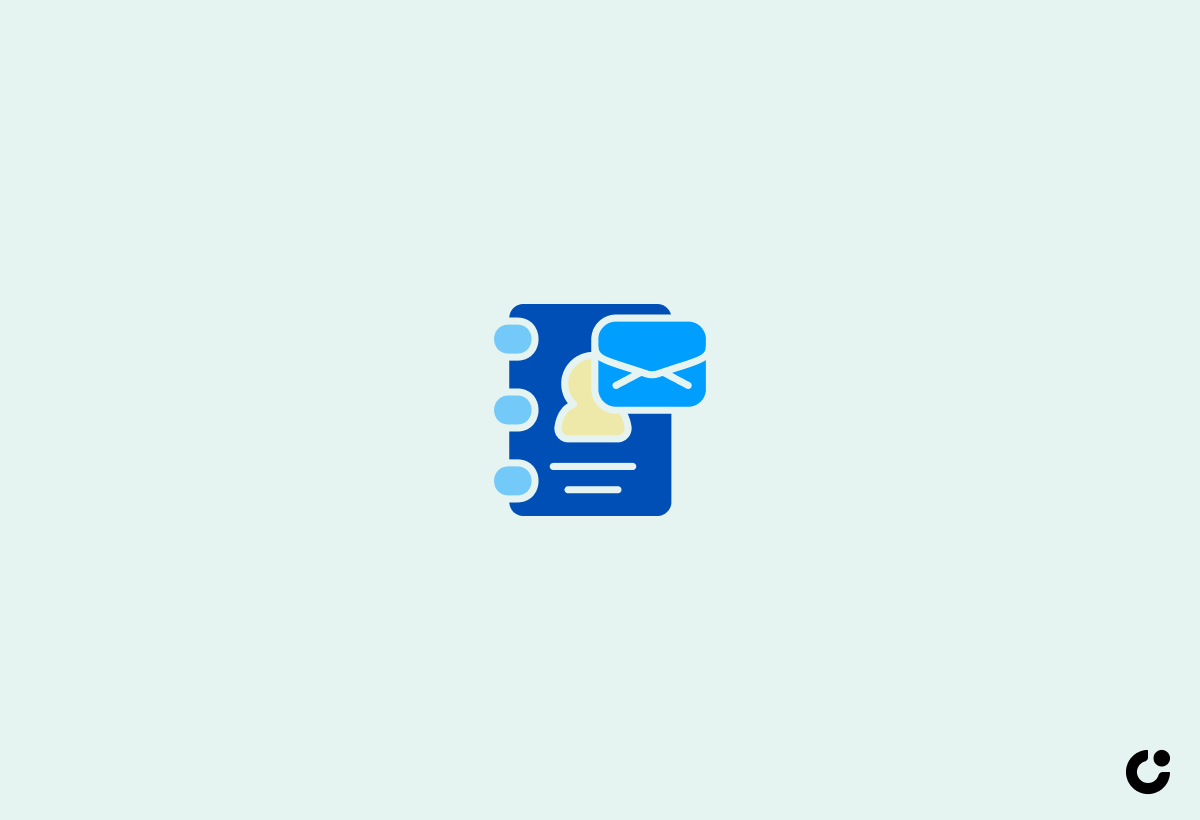Cold emailing has transformed the way businesses communicate with potential clients and partners. The art of crafting an effective cold email meeting request is a skill that can open doors and land more meetings than ever before.
In this blog post, be prepared to learn the secrets of creating successful cold emails, from mastering subject lines to addressing pain points, and discover five powerful templates that will help you secure meetings with ease.
Key Takeaways
- Craft the perfect cold email meeting request with purpose, advantages, succinctness and compelling hooks.
- Utilize personalization techniques to establish trust and credibility with recipients.
- Overcome common challenges in cold email outreach such as handling rejections and improving response rates through tracking metrics like open rate & conversion rate.
Crafting the Perfect Cold Email Meeting Request

Cold emailing enables you to bypass gatekeepers and reach your target audience directly, increasing the chances of getting a response. A well-crafted cold email must emphasize the purpose of the meeting, the advantages for the company, and communicate succinctly.
Below, we delve into the art of crafting subject lines, creating compelling hooks, and addressing pain points - all crucial elements of a successful cold email strategy.
Subject Line Mastery

Your subject line is the first impression you make on the recipient - a compelling subject line can drastically increase your open rates. Keep subject lines brief and personalized to draw your recipient’s attention. Some examples of effective subject lines include “Found you via (mutual connection’s name)”, “Great Post on (publication name)”, and “An idea to improve something they care about”.
For refining your subject lines, consider studying unsolicited emails and distinguishing between what works and what doesn’t.
Opening with a Hook
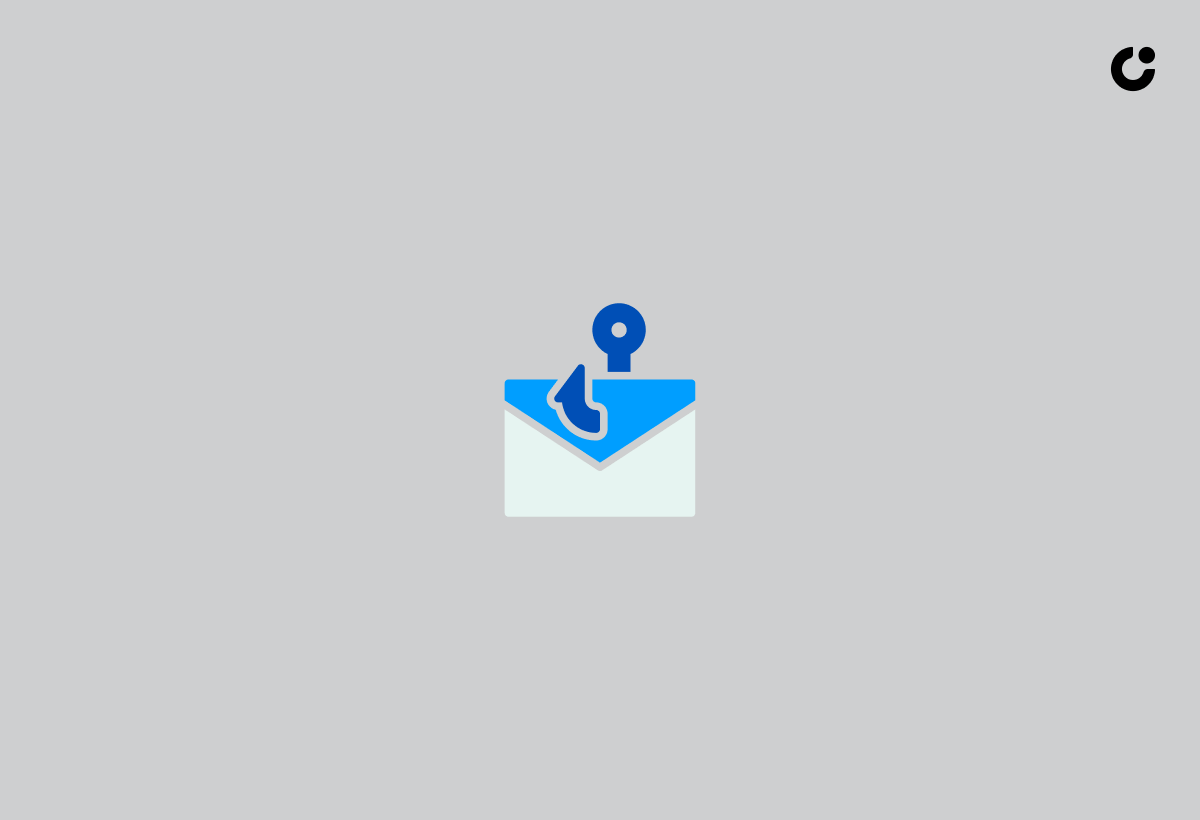
The hook in a cold email is designed to maintain the recipient’s interest and guide them towards responding to the email or engaging in the Call To Action (CTA). An effective hook can be crafted by arousing curiosity, expressing admiration, or evoking a sense of urgency. For example, you could say, “I found your article in the Times regarding time travel to be particularly compelling, and it provided a strong argument for why solar flares should be utilized as an alternative form of energy”.
Additionally, avoid using specific words in the salutation that may signal that you are not in the same circle as the recipient, diminishing your leverage.
Addressing Pain Points

Establish a connection with your target audience by understanding their challenges and offering tailored solutions in your email. The problem/solution approach entails understanding the recipient’s problem and providing a suitable solution. When employing FOMO (Fear of Missing Out) tactics, use them judiciously and strategically to avoid appearing spammy or manipulative.
For example, create urgency with phrases like “This offer is only available for a limited time!” or “Don’t miss out on this exclusive offer!”. Consider providing resources such as informative guides, blogs, and blog post case studies to demonstrate the benefits of your product or service.
Cold Email Templates to Secure Meetings
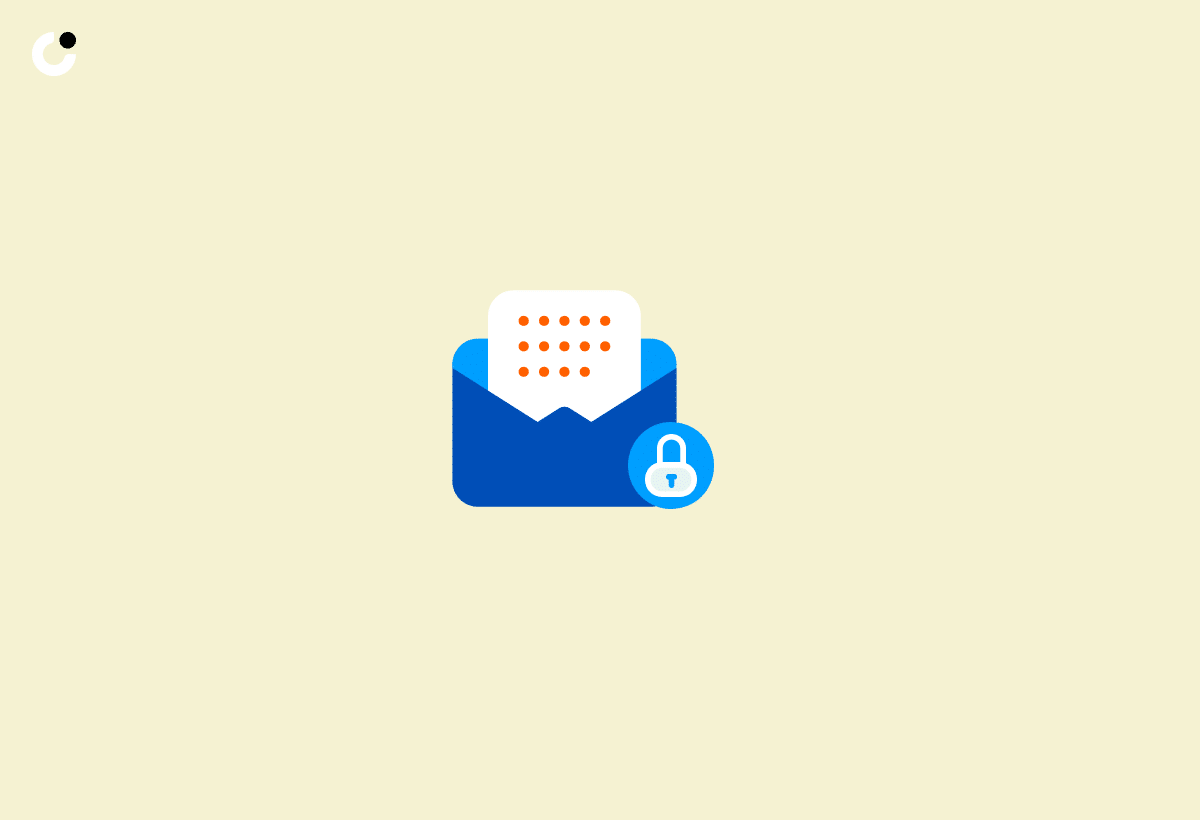
To streamline your cold email outreach, we have compiled five powerful templates for cold sales emails that will help you secure more meetings:
- The value-driven template
- The social proof template
- The personalized connection template
- The curiosity-inducing template
- The follow-up template
Each template serves a unique purpose and can be tailored to fit your specific needs and objectives.
We shall now examine the distinct features and benefits of each template.
The Value-Driven Template

The Value-Driven Template focuses on delivering immediate value to the recipient. For example, a subject line such as “A Proposal for Enhancing Lead Generation” can clearly convey the value you’re offering. When listing the advantages of your solution, use bullet points to make the email concise and easy to read.
Offering significant value at the outset enhances your chances of capturing a prospect’s attention and receiving a favorable response.
The Social Proof Template

The Social Proof Template leverages various forms of social proof to build credibility, including:
- Testimonials
- Customer reviews
- Case studies
- Expert social proof
- Client lists
- Influencer endorsements
To maximize the impact of social proof, ensure it is relevant to the recipient and their needs, and keep it succinct and concise.
Remember to end your sales emails with a call to action to motivate the recipient to take the desired action.
The Personalized Connection Template

The Personalized Connection Template leverages shared connections or interests to create a rapport with the recipient. Incorporating a shared acquaintance in your cold sales email is an excellent method for building the recipient’s trust. A mutual connection can serve as an intermediary by reaching out to your lead and suggesting they connect with you.
Using this template has been shown to result in a 112% increase in response rate.
The Curiosity-Inducing Template
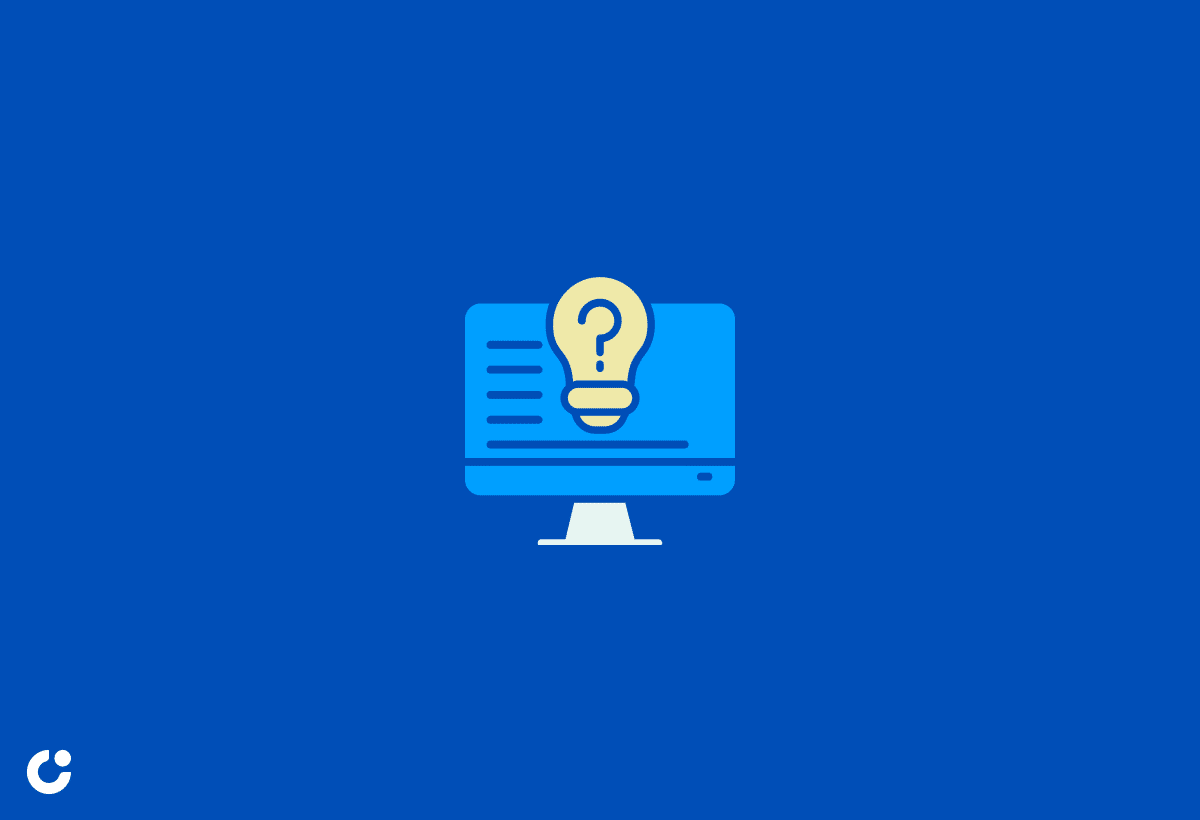
The Curiosity-Inducing Template employs captivating questions or statements to spark the recipient’s curiosity. To create curiosity in cold emails, you can:
- Craft a catchy opening line that sparks curiosity or addresses a pain point
- Utilize storytelling, humor, or intriguing statistics
- Personalize your email to make it more engaging
- Experiment with different approaches to see what works best for your audience
By following these tips, you can create curiosity-inducing emails that grab the attention of your recipients.
The Follow-Up Template
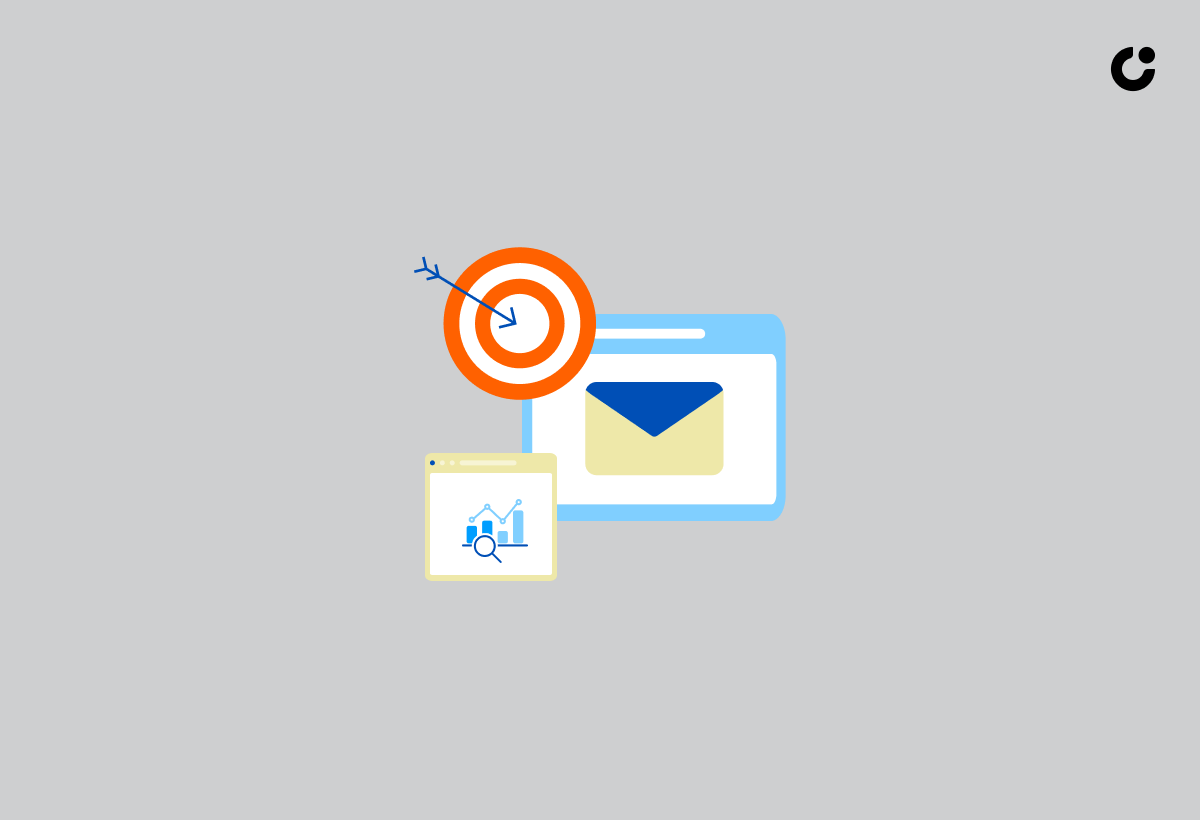
The Follow-Up Template is designed to offer a polite and succinct reminder to maintain the dialogue. It is advisable to wait two to three days before sending a follow-up email after sending the initial cold email. Include a courteous reminder of the initial cold email, a concise overview of the dialogue thus far, and a prompt for action.
When handling rejections, remember to:
- Remain polite and professional in your response
- Express gratitude for the time taken to consider the matter
- Offer to answer any questions the other party may have
Making Your Cold Emails Stand Out

To make your cold emails stand out and connect with your recipients, prioritize personalization techniques, maintain a consistent tone and voice, and ensure easy readability through effective formatting. We’ll delve deeper into these three aspects next, sharing tips and insights for crafting cold emails that truly set you apart.
Personalization Techniques

Personalization is crucial in cold emails, as it helps to establish trust and credibility with the recipient. Use the recipient’s name, company name, and industry-specific information to craft a message tailored to their unique needs and issues. By doing so, you increase the likelihood of capturing their attention and eliciting a favorable response.
Tone and Voice

The tone and voice of your email play a significant role in how the recipient perceives your message. Use a conversational and friendly tone that sounds natural and human. This approach not only makes your email more engaging but also helps to strike a balance between being accessible and professional, creating a favorable impression and increasing the likelihood of obtaining a response.
Formatting for Readability
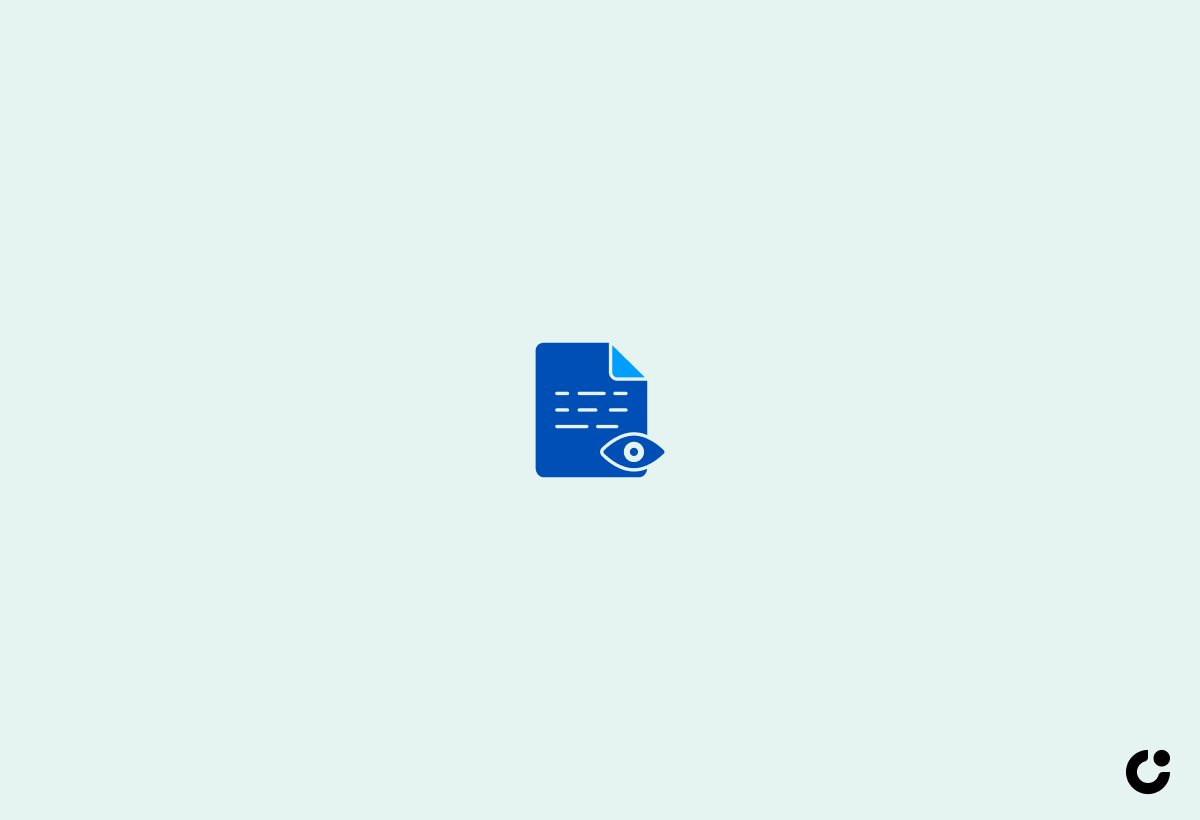
Proper formatting plays a key role in making your cold emails easily readable and digestible to recipients. Use short paragraphs, bullet points, and bold text for emphasizing key information.
Research suggests that writing cold emails should be between 50 and 125 words for optimal readability, and a cold email example can help demonstrate this.
Overcoming Common Cold Email Challenges

Cold email outreach, also known as cold outreach, can present various challenges, including handling rejections, improving response rates, and tracking and measuring the success of your cold email campaign.
We’ll next discuss strategies and solutions to address these common challenges in cold emailing, and enhance your outreach efforts.
Handling Rejections

While rejections are a common aspect of cold emailing, they can be turned into learning opportunities through analysis of past experiences and identification of areas for improvement. Here’s how you can do it:
- Request feedback from prospects and comprehend why they declined.
- Analyze the feedback and identify patterns or common reasons for rejection.
- Adapt and optimize your cold email strategy accordingly.
By learning from rejections and making necessary adjustments, you can improve your cold email success rate.
Cultivate self-compassion, maintain perspective, and think objectively about what transpired in order to overcome the fear of rejection and progress forward.
Improving Response Rates

Boost response rates by experimenting with different email elements and employing follow-up emails to foster engagement. Optimize the timing of your emails and enhance personalization for better response rates. Remember that persistence pays off - research has indicated that sending multiple follow-up emails can improve response rates in cold email marketing, with a 28% response rate on the 6th follow-up email.
Tracking and Measuring Success

Keeping track of email metrics like open rate, click-through rate, and conversion rate is key to refining your cold email campaigns. By tracking these metrics, you can gain insights to refine your outreach efforts and make informed decisions. A/B testing can also be used to compare various versions of emails and determine which one is more effective.
Summary
In conclusion, mastering the art of cold email meeting requests is essential for securing more meetings and advancing your business objectives. By implementing the strategies and templates discussed in this blog post, you are well on your way to crafting compelling cold emails that stand out, engage your recipients, and ultimately, lead to more successful business connections.
Frequently Asked Questions
How do you ask for a meeting in an email cold?
Show interest in the prospect and explain why scheduling a meeting is helpful. Keep the email friendly, short, and straight to the point with clear value stated. Don't be salesy.
Should I ask for a meeting in a cold email?
Including a calendar link in your signature will give your prospect the option to book a meeting right away, which is a low-friction way to start a conversation. Ask for a meeting in a cold email, but be sure to include the link.
Is cold emailing illegal?
Cold emailing is not illegal in the US, as long as provisions set out in the CAN-SPAM Act are followed. These include accurately representing oneself and including an unsubscribe link.
What is the ideal length for a cold email?
The ideal length for a cold email is between 50 and 125 words in order to ensure the message is professional, easy to read, and establishes a connection with the reader. Clear conclusions should be made in the first sentence without any introductions or summaries.
How many follow-up emails should I send to improve response rates?
Sending up to 6 follow-up emails is recommended to improve response rates.

